World 🢖 Europe 🢖 Latvia 🢖 Vidzeme
Churches 🢔 Religious architecture 🢔 Architectural wonders 🢔 Categories of wonders
Wonder
Riga Cathedral
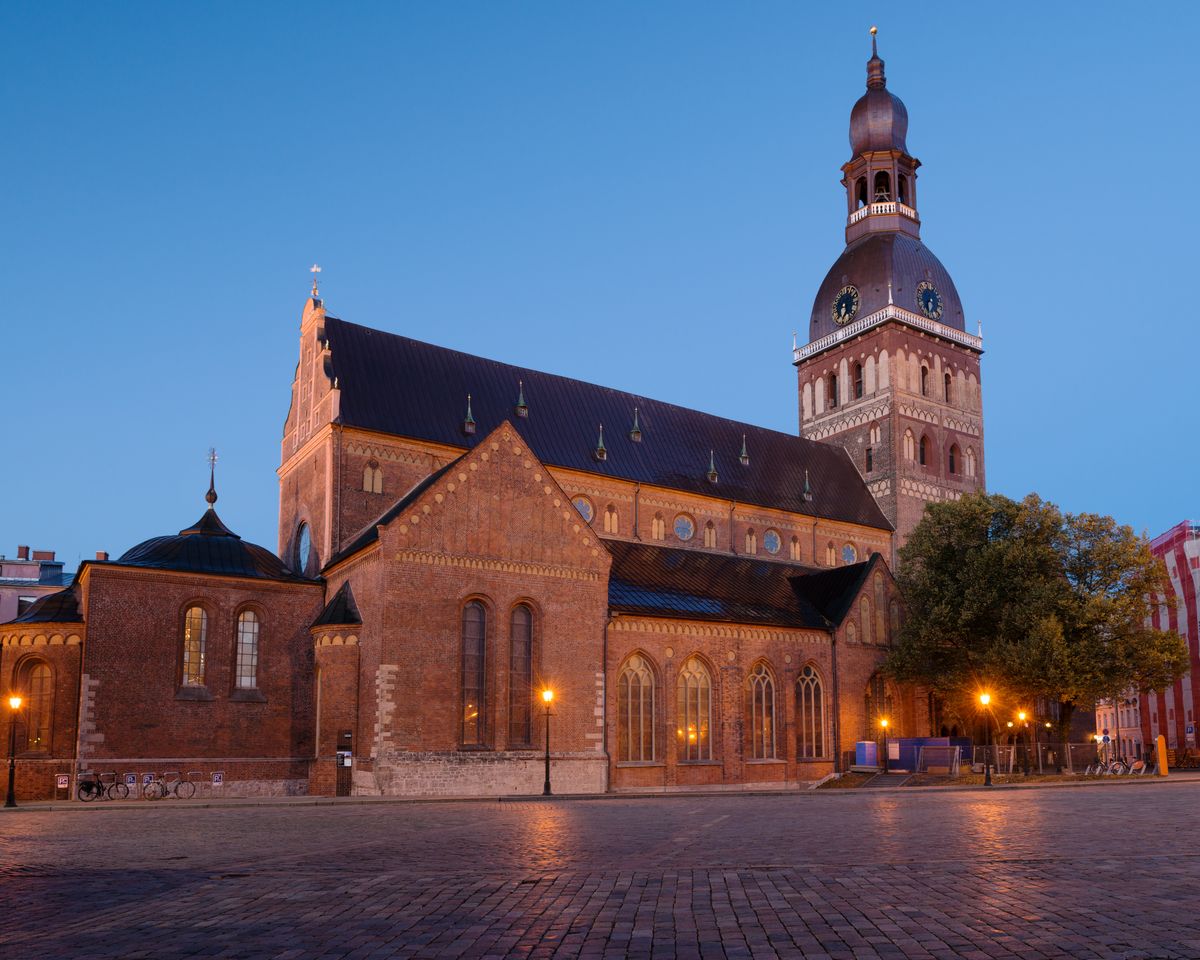
 In short
In short
The largest and, possibly, the most prominent church in the Baltics is Riga Cathedral.
 46.0%
46.0%
GPS coordinates
Full name
Name in Latvian
Architectural style
Year of construction
Branch of Christianity
Height
UNESCO World Heritage status
Map of the site
If you see this after your page is loaded completely, leafletJS files are missing.
 In detail
In detail
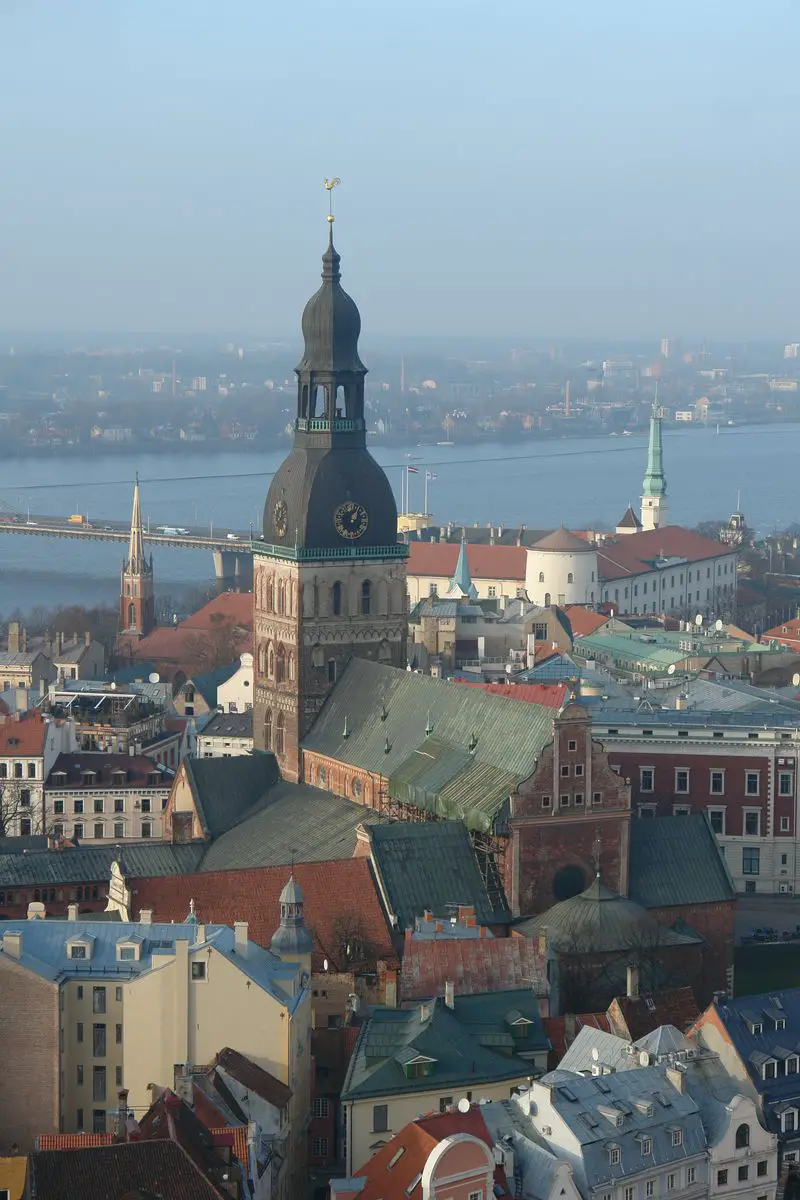
There is a trio of giant medieval churches in Old Riga: St. James’s Cathedral, Saint Peter’s Church and Riga Cathedral. Riga Cathedral is the largest medieval church in the Baltics and the most important church in Riga. For centuries it competed with the nearby Saint Peter’s Church in the overall importance and also: the height of church towers.
History of Riga Cathedral
Riga Cathedral was developed as the main church of Riga Archbishopric. It is not the oldest Christian church in the Eastern Baltic region. Some decades earlier several churches were built in the Lower Daugava area, and, possibly, also in the (current) Eastern Latvia. But Riga Cathedral was built as the central church in Riga – the newly established regional center of the new Christian province in the Eastern Baltic.
The cathedral remains the heart of Riga up to this day, but its history has been complex:
- 25th July 1211 – started the construction of the cathedral. The solemn ceremony was led by the Bishop of Riga, Albert von Buxthoeven. He founded Riga City officially ten years before, in 1201. Construction of at least two other churches in the present-day Old Riga started some years earlier – The chapel of St. George was built as a part of the first castle around 1208 and the church of merchants – Saint Peter’s Church – was started around 1209.
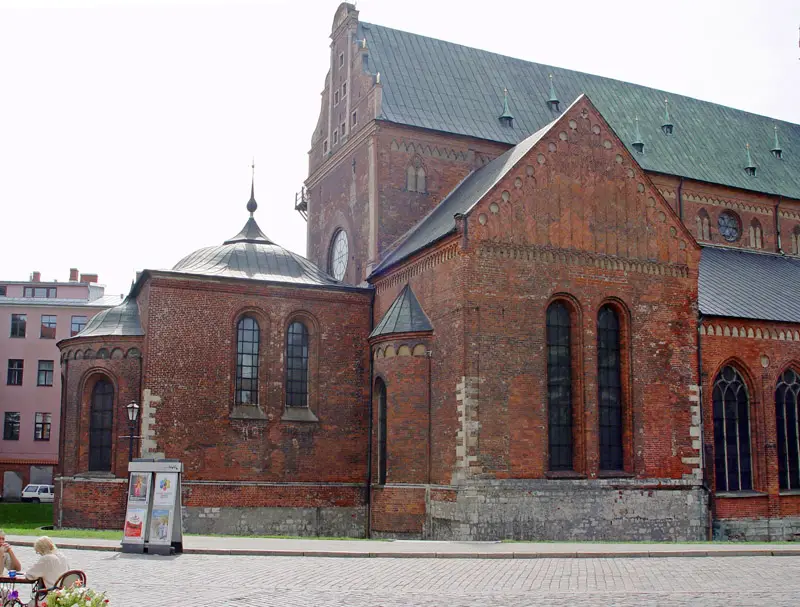
Eastern part of Riga Cathedral – the oldest part of the structure. / Gatis Pāvils, CC BY-SA 4.0 - Spring 1215 – the first church burned down and construction of a new church was started.
- 1215 – 1226 – the church was partly completed – it was a fairly large limestone and brick building in Romanesque style. Part of this church – apse and some details at it – form the present-day church and is one of the very few examples of Romanesque style in the Baltics.
- Late 14th – early 15th century – the cathedral was extended and built as a large basilica. The cathedral had a very tall, octagonal tower in Gothic style. It was the tallest structure in the city – reportedly 140 m tall. The competition for the tallest structure with St. Peter’s Church was started!
- 1524 – the cathedral and surrounding structures were damaged during the Lutheran insurgency. Lutherans eliminated the ornate interior items in the cathedral, and Riga City took over the initiative and closed the church for worship. The properties of the monastery were confiscated.
- 1547 – an extensive fire in the Riga reached the cathedral and the tower burned down. Fire eliminated also the largest pipe organ in the world.
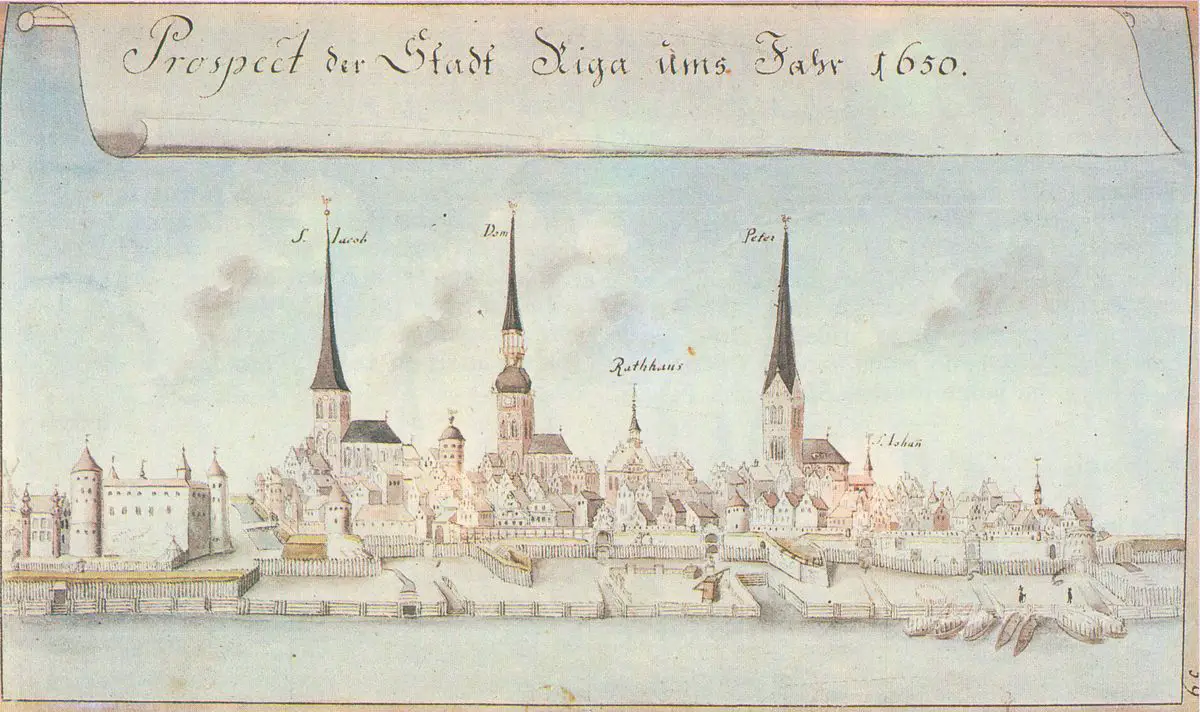
Riga in 1650. Riga Cathedral is in the middle. / drawing by Johann Christoph Brotze, Wikimedia Commons / public domain - 1561 – Riga Archbishopric sold the ruined church to Riga City and since then this is a Lutheran church.
- 1595 – a new tower was built – its base was similar to the current base of the tower, but the upper part was pyramidal.
- after 1710 – 1727 – after war damage, several parts of the cathedral were rebuilt in Baroque style.
- 1775 – 1776 – the church tower was considered to be dangerous, it was removed and the current tower in Baroque style was constructed.
- 1881 – 1914 – repairs and reconstruction, church got its present look. One of the main architects was J.D. Felsko. During these works, the present main entrance in a Gothic Revival style was built.
- 1940 – 1989 – during the Soviet occupation religious services were prohibited in the cathedral.
- 1959 – 1962 – the church was rebuilt into a concert hall – the altar was removed and the chairs were turned towards the pipe organ.
- 1981 – 1984 – modernization of the engineering infrastructure in the cathedral and reconstruction of its unique pipe organ.
- 2011 – gradual reconstruction of the cathedral was started after in 2004 it was discovered that the structural integrity of the building was endangered and even a collapse was possible.
Values
Pipe organ
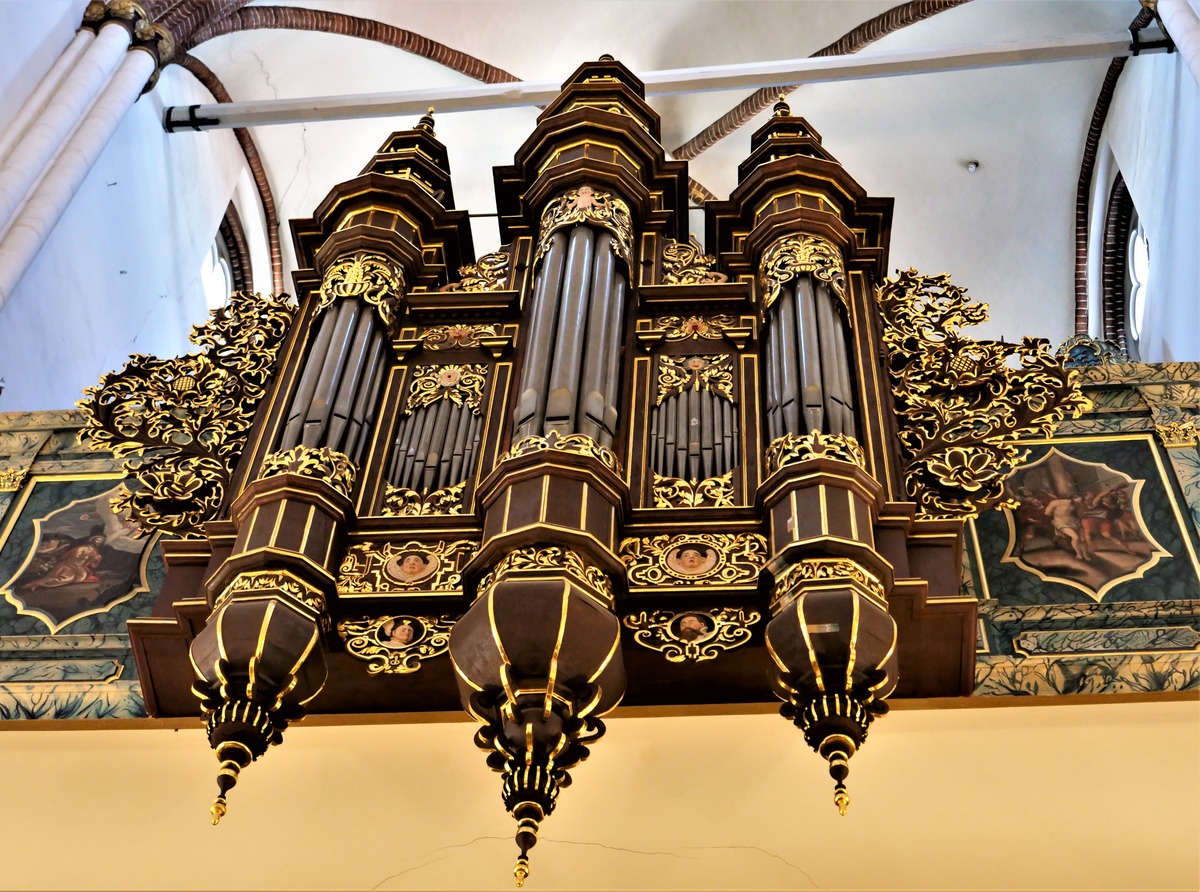
A unique value of Riga Cathedral is its pipe organ with its 6 718 pipes and 124 stops. The shortest pipe is just 13 mm long and has a diameter of 4 mm, but the largest ones are taller than 10 m and with a diameter of 70 cm. This giant instrument was built in 1882 – 1883 by the outstanding German engineers of the company E. F. Walcker & Cie. and was inaugurated in 1884. It was the world’s largest and most technologically advanced pipe organ at its build time. It could be even the most complex machine ever made by humans until this time.
Franz Liszt composed a chorale “Nun danket alle Gott” for the consecration of the pipe organ.
This comparatively modern instrument is adorned with a considerably older pipe organ facade from the 17th – 18th centuries in Baroque and Rococo styles.
Technical details are impressive but the beauty of the sound is even more impressive: the organ of Riga Cathedral has a clear, warm sound. It is impossible to record the incredible tonal richness of the pipe organ – one should hear it in the Cathedral.
Monastery and school
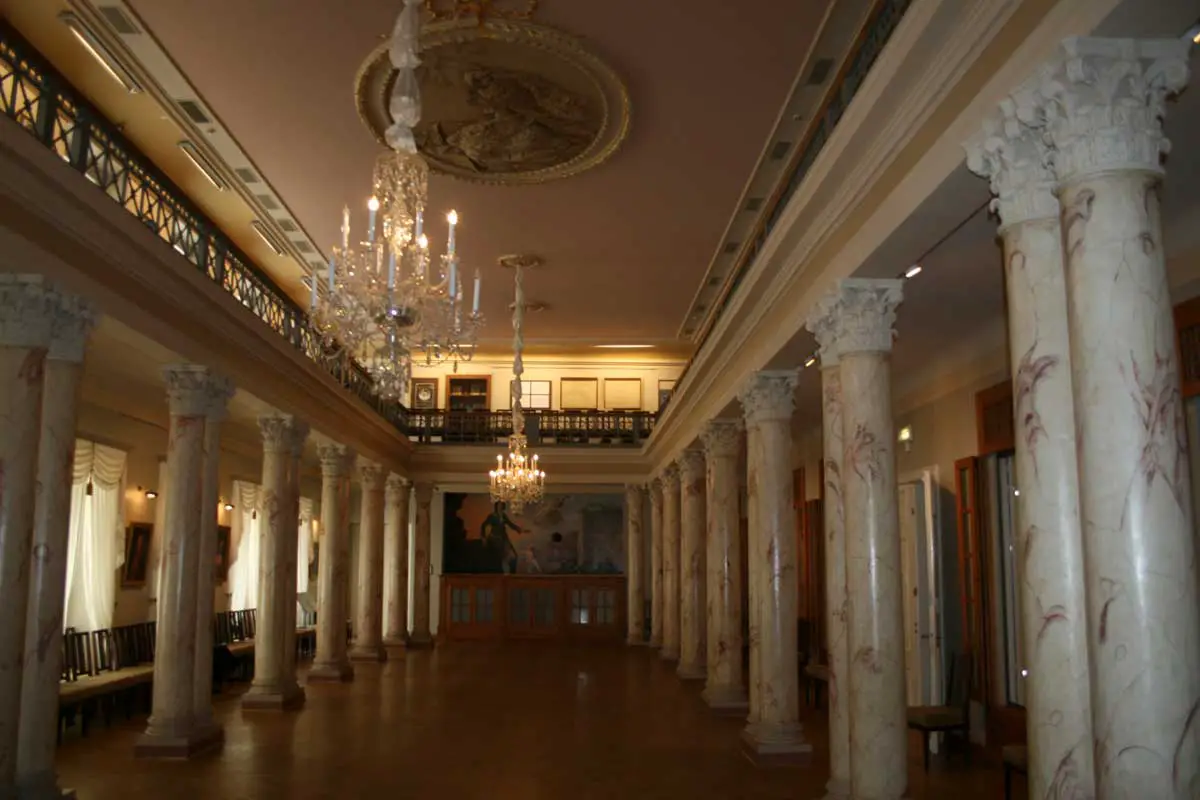
The construction of the premises for the monks started together with the construction of the church in 1211. Initially, this was a monastery of Premonstratensians but the later history of the monastery was a lot more complex. Over the next centuries next to Riga Cathedral developed a whole complex of structures for the Riga Cathedral chapter – an influential organization. The Riga Cathedral chapter governed extensive land properties in present-day Latvia and Estonia, shaping the cultural landscape, traditions, and borders in this part of Europe.
Already in 1211 was established also the monastery school where the future clergy was taught.
The tradition of this school to some extent has been preserved up to this day and today the prestigious Riga State Gymnasium No. 1 considers itself to be the continuation of this school.
Since 1791 in the former locations of the monastery and the school operates a museum – now it is called the Museum of the History of Riga and Navigation.
Cloister

A unique landmark for the Baltics is the enormous cloister – a rare example of Early Gothic cloisters in this part of Europe. The walk around the cloister is 118 m long.
References
- Doma vēsture, the official site of the Riga Cathedral. Accessed on May 6, 2022.
 Linked articles
Linked articles
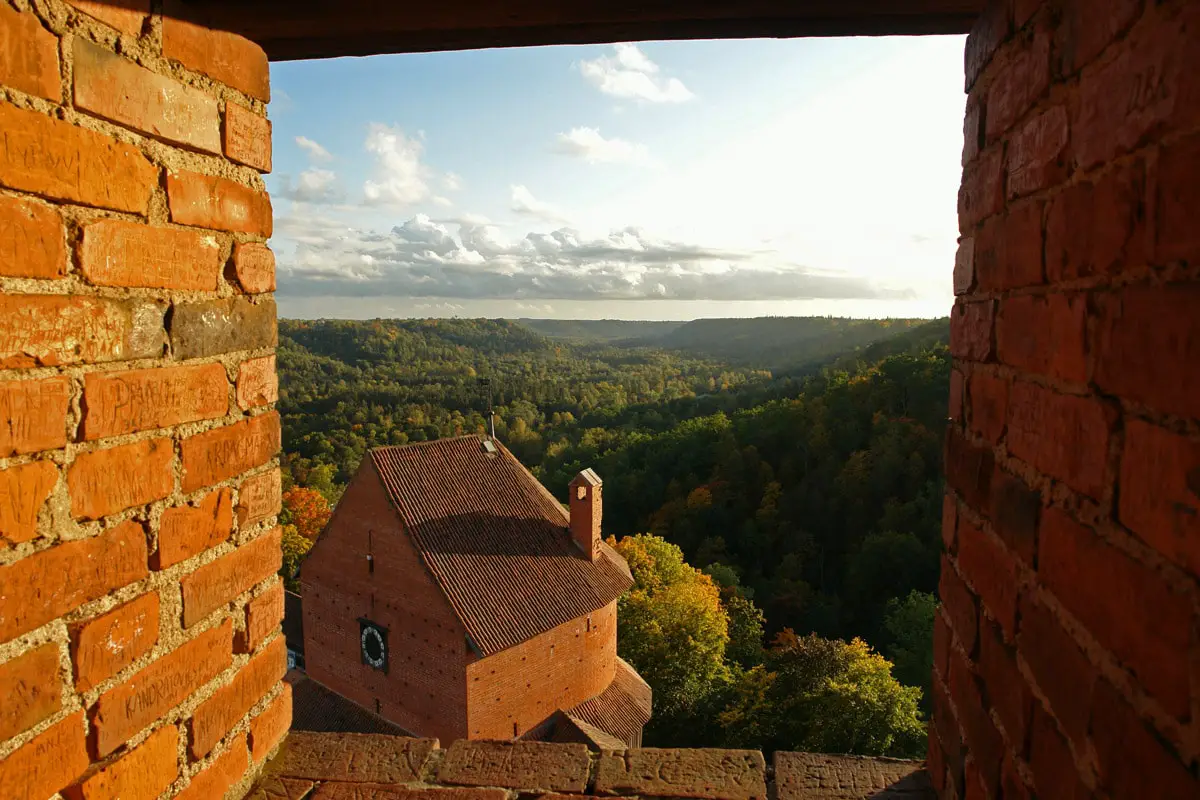
Wonders of Latvia
Highlights of Latvia are the rich architectural heritage in Riga City, numerous palaces, country houses, and castles.
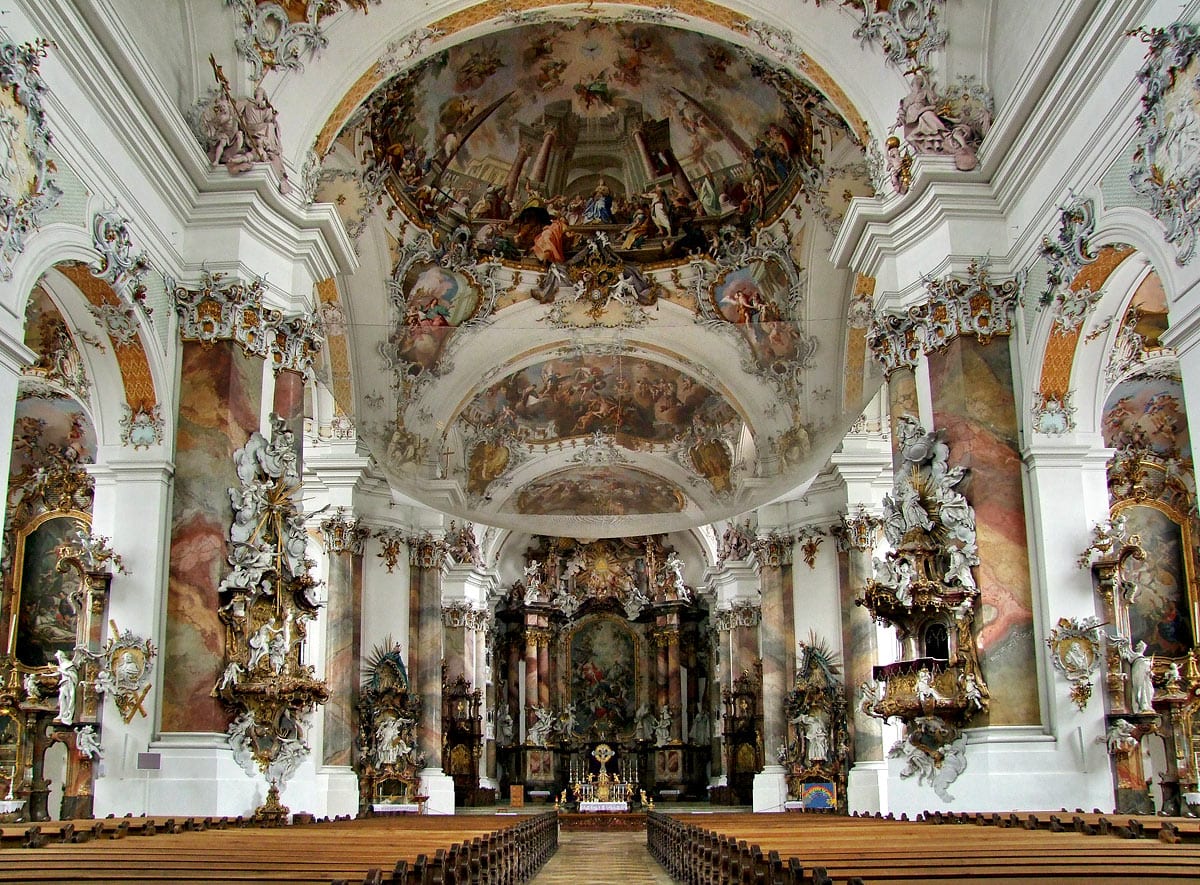
Churches
Throughout the millennia Christian churches have been the epitome of architecture and arts achievements in Western culture.
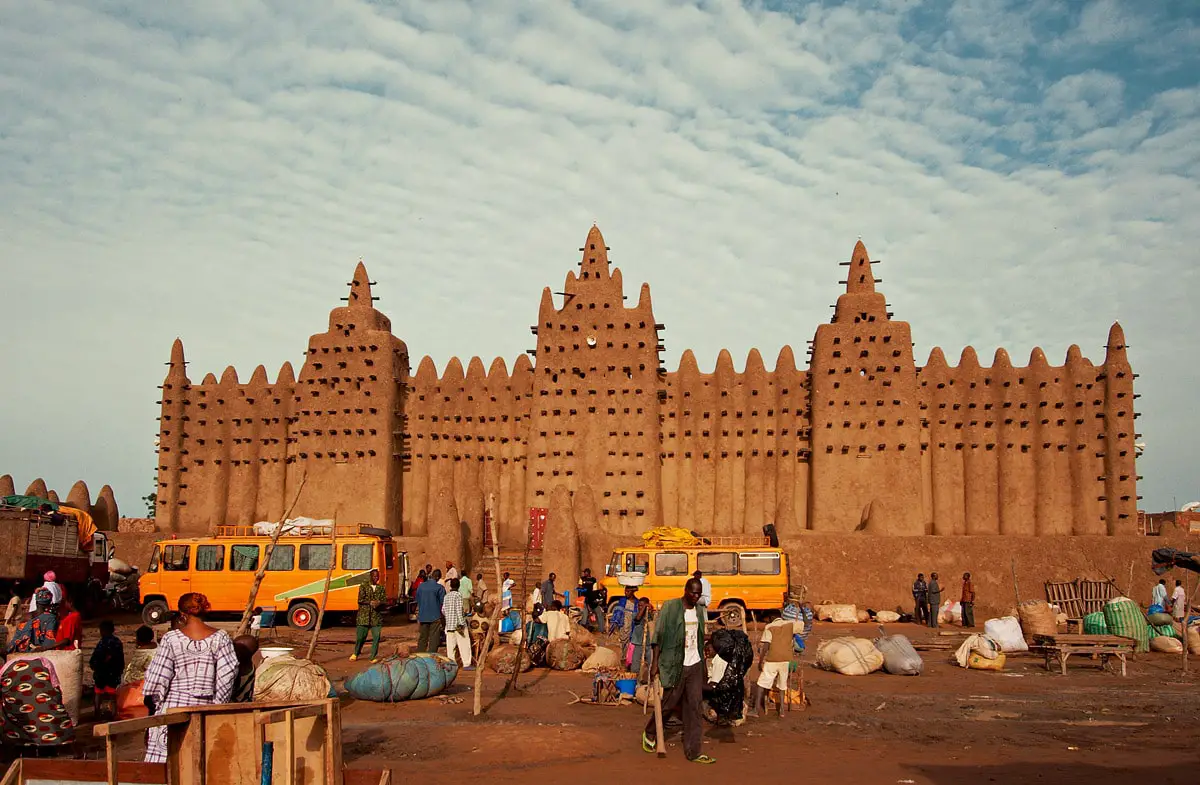
Religious architecture
Since ancient times human talents and skills have been expressed in religious architecture and arts, and traditions and rituals have evolved around pilgrimage sites. Religious buildings represent a major part of the highest achievements in architecture and crafts.
 Recommended books
Recommended books
The House of Hemp and Butter: A History of Old Riga
The House of Hemp and Butter begins in the twelfth century with the arrival to the eastern Baltic of German priests, traders, and knights, who conquered and converted the indigenous tribes and assumed mastery over their lands. It ends in 1710 with an account of the greatest war Livonia had ever seen, one that was accompanied by mass starvation, a terrible epidemic, and a flood of nearly Biblical proportions that devastated the city and left its survivors in misery.
A Companion to Medieval Art: Romanesque and Gothic in Northern Europe
This definitive reference brings together cutting-edge scholarship devoted to the Romanesque and Gothic traditions in Northern Europe and provides a clear analytical survey of what is happening in this major area of Western art history. The volume comprises original theoretical, historical, and historiographic essays written by renowned and emergent scholars who discuss the vibrancy of medieval art from both thematic and sub-disciplinary perspectives.


